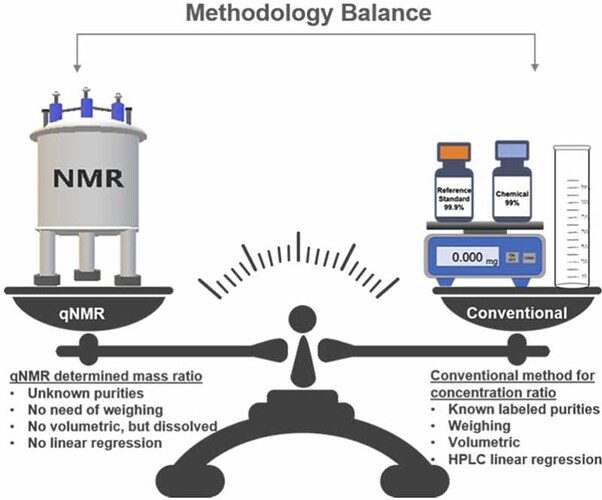In modern botanical pharmacopeial monographs, one measurement of content is the quantitation of relevant constituents as marker compounds. The use of suitable reference standards (RSs) to quantify multiple compounds by HPLC is recommended in the U.S. Pharmacopeial (USP) botanical monographs. However, these substances may be expensive and difficult to develop into an RS. Surrogate RSs could be used instead of the actual constituents, provided that the relative response factors (RRFs) of each analyte to the selected surrogate RS are known. USP monographs of both Sichuan Lovage Rhizome and Dong Quai Root recognize Z -ligustilide as a major characteristic marker compound, making quantitation of Z -ligustilide and its analog(s) relevant for quality control. However, because Z -ligustilide is unstable, it is difficult to develop it into a quantitative RS. Instead, oxybenzone was selected as a surrogate external quantitative RS because of its similar chromatographic behavior to Z -ligustilide, its stability, and affordable cost. The RRF determination of Z- ligustilide to oxybenzone by the conventional HPLC procedure is challenging due to both the instability of the purified Z -ligustilide at ambient temperature and the difficulty of determining its purity. Therefore, a qNMR method was used to overcome these challenges as it enables to directly measure the mass ratio of Z -ligustilide to oxybenzone in the stock solution without the need for weighing and purity information. In the present study, RRF values of 1.01, 0.46, and 0.89 for Z -ligustilide, senkyunolide A, and ferulic acid relative to oxybenzone, respectively, were determined using the qNMR-based methodology.
More qNMR applications in drug and food analysis
